CES is a weird and wonderful collection of products made by major manufacturers to the smallest of companies and even crowdfunded startups. The things you see might never come to market, but the tech presented serves as a good barometer for the year to come.
For 2015, fitness wearables, smartwatches and TVs were a focus at CES, but there were some new products introduced for the Apple aficionado. This was a year of firsts, from CarPlay head units to Lightning-connected headphones and a fleet of products with support for Apple's HomeKit framework.
We're fans of the different approaches that car audio companies are taking with CarPlay, and plan on having more reviews soon, starting with the Alpine ILX-007, which takes a unique approach to Apple's solution. The unit is almost all you need in terms of a functional infotainment system using one of the purest CarPlay systems we've seen.
Parrot takes the reverse approach and tries to be all things to all people, harnessing CarPlay, Android Auto, and their own first-party applications. The thing about Parrot is that they have amazing voice control over their whole system. We plan on reviewing it as soon as units become available.
One of the big things for us this year was partnerships between tech firms, an example being Big Ass Fans and their collaboration with Jawbone and Nest.
The key to making connected home products gain adoption is going to be through being able to buy products from different manufacturers and being able to buy piecemeal rather than having to invest in complete systems up front. In the case of Big Ass Fans, the ceiling fan works together with the thermostat to regulate temperature is a solid choice. Using the fitness band to determine sleep as an intention, and adjusting temperature accordingly, is even smarter.
We also looked at Pella's home products, which are sold as either a retrofit or new installations. The hardware also works with the Wink app, which also connects to products from Nest, Philips, GE, Schlage, and more.
Another expectedly popular product segment at CES was smartphone accessories. One iOS-capable device coming out later this year is the second-generation FLIR ONE thermal imaging dongle.
FLIR believes that they have "thermal imaging for the rest of us," and laid out a number of use cases. The ones that resonated with us as we sit in January are looking at the outlets and windows to see where heat is escaping the home we live in, and possibly looking at the breaker box to see which circuits are overloaded.
Would we use it every day? Maybe not, but we can also imagine looking at electronics around the home to see which parts are the hottest and maybe alleviate fans running as much as they do on some of our devices.
We also saw the announcement of Misfit's motion tracking algorithm being integrated into META's M1 smart watch. There are a ton of smartwatches on the market, and even more fitness-minded products. This year, we saw them mashup even more, with devices like Intel's Basis Peak, Fitbit's Surge "ultimate fitness watch" and others.
The smart watch field is still maturing, however. There are watches you might want to wear for the 23 hours you aren't exercising, and clearly watches you want to wear for the one hour you are exercising. Also, everyone seems to be touting features, without telling us why we should wear one, or how it's going to change our lives. Perhaps that's really the way this works out: instead of being told why we need one, it's a matter where we need to examine the kinds of activities we already take part in, and look at whether or not a watch is a good fit.
Still, it's really good to see this early maturity where we see experimentation in the user interaction design. We know Apple Watch uses a Digital Crown for physical user input and understands different types of tap and swipe gestures, but no one at CES attempted to replicate those interactions. There was, however, a Chinese company who cloned the upcoming Apple wearable's aesthetic.
While there were products focusing on the Windows and Android ecosystems, there was a wealth of products that explored the boundaries of tech in general. From the Techcrunch Battlefield winners who are creating a machine that automatically cooks meals to Larry Ryckman of Aftermaster Audio, who is working on a DSP system that gives a greater clarity and depth to recordings without compromising any of the frequencies. We heard the algorithm applied, and it sounds like he's on the right track.
The DSP chip itself is made by OnSemiconductor, and is smaller than our smallest fingernail, but the audio differences are clear. Sound passed through the algorithm increases in loudness, but also gains a presence, a depth that felt more like being in a room with the musicians.
Henge Docks' newest motorized horizontal docking station is a great solution for enterprise. They've done a lot of work, using limit sensors so that the motors back off if the laptop is inserted backwards, and ways to get the laptop out if the dock loses power. They were so proud of the work done on the inside, that they disassembled one for us, so we could see the work inside.
The limit sensors are the square yellow sliders, and the gear train is molded in yellow as well. The circuit cards are nearly symmetrical, and one of the boards has a silkscreen of half of the classic Pac-Man maze on it. These guys love their work, and it shows from the inside out.
We met with Ash Kumar, who is working on an ad network for Apple Watch. We're going to have to keep an eye out on what happens there, because Apple Watch is so early, it's not certain what Apple will or won't allow. Advertising is an interesting subject. We don't really want advertising in a general sense, and yet, we tend to like unobtrusive offers that are relevant to us. It remains to be seen how this works when so little is known about Apple Watch at this time.
We saw Misfit show a solar powered fitness tracker designed in collaboration with Swarovski Crystal. Changing the button cell batteries in Misfit Shine isn't for everyone, and the original sterile metal look isn't nearly as fashionable as Swarovski. The intention is for women to use the crystal both when exercising and for the rest of the day as a fashionable necklace. While it certainly looks nice, we want to see them on people in the real world.
Cases and screen protectors were once again a big thing at CES, but the cases were fewer in number the higher in quality. In the past, cases trended toward thin plastic films, and the major goal was to get as thin as possible. These days, almost everything is glass, and the major innovation we saw was a company called HXTAR, which was marketing a material that boasts both hardness with flexibility.
They had a nice jig showing the "sapphire-like glass" being bent over and over. When it was folded, the whole thing spider-webbed, as glass normally does in a bad drop. It was 0.2mm thin, advertised as being a 8 Mohs hardness, and shatter-proof, we bought one.
They weren't the only ones displaying flexible glass. PUREGEAR showed flexible glass, and their packaging comes with a thermoformed tray to rest the iPhone in so that the screen aligns perfectly with the protector. You apply it by rolling the protector on with a supplied roller whose handle doubles as the hang tag for the packaging. We also got PUREGEAR's protector. Making these things easier to apply is a real improvement.
PUREGEAR and uNu showed us their charging products as well, both aiming at supplying Made for iPhone battery products that supply a 2.1A. uNu showed their first battery cases for iPhone 6, and we'll have review units soon.
Anova Culinary was showing their Bluetooth sous vide cooker with an as-yet-unreleased connected iOS app. Select a recipe, and the app sends the cooker the temperature instructions. They also have a Wi-Fi sous vide cooker coming that will also be app-enabled. If it wasn't clear before, iOS has a place in every context we live in, including cooking.
We also got a chance to see a prototype of the new version of BeastGrip, dubbed the BeastGrip Pro. BeastGrip was used to shoot the Bentley cars video that was shot and edited on iOS. The prototype is made of injection molded nylon with glass fibers, where the first version was 3D printed ABS. The ergonomics are greatly refined, and it's going to sell for around $99, release date TBA.
CES is a big, sprawling show, and though we were only there for four days, we walked about 22,000 steps every day. There's a lot to see, much of which may never see the light of day. Some of it was awful, and some of it was weird, but on the whole everything we saw was wonderful. One thing, however, was made abundantly clear: exhibitors in Las Vegas think having a presence on Apple platforms is a requirement.
 Victor Marks
Victor Marks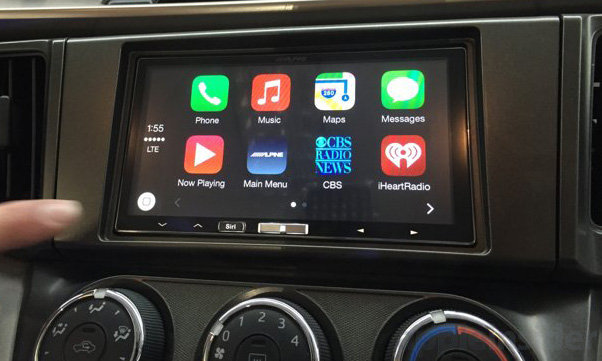
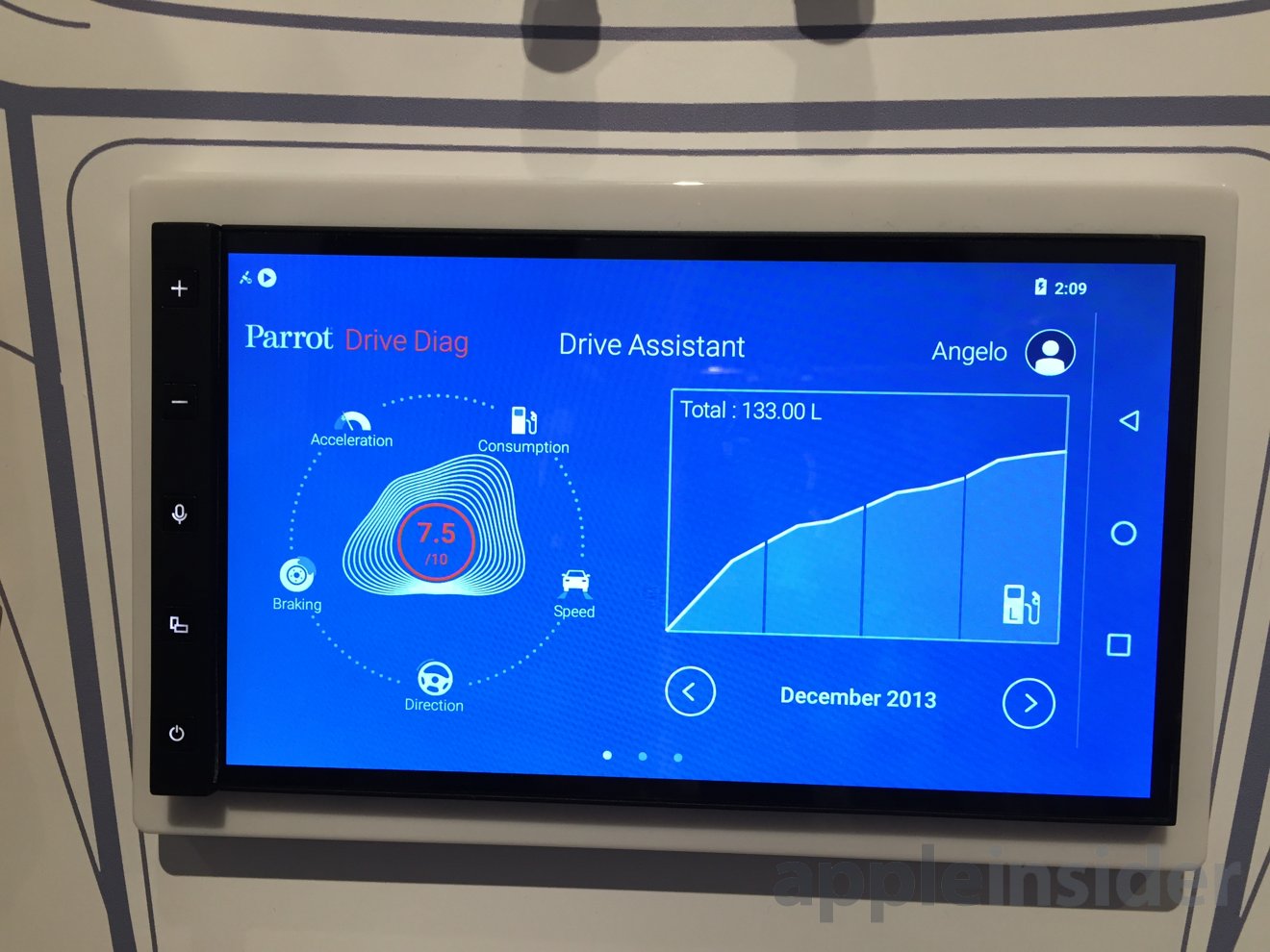
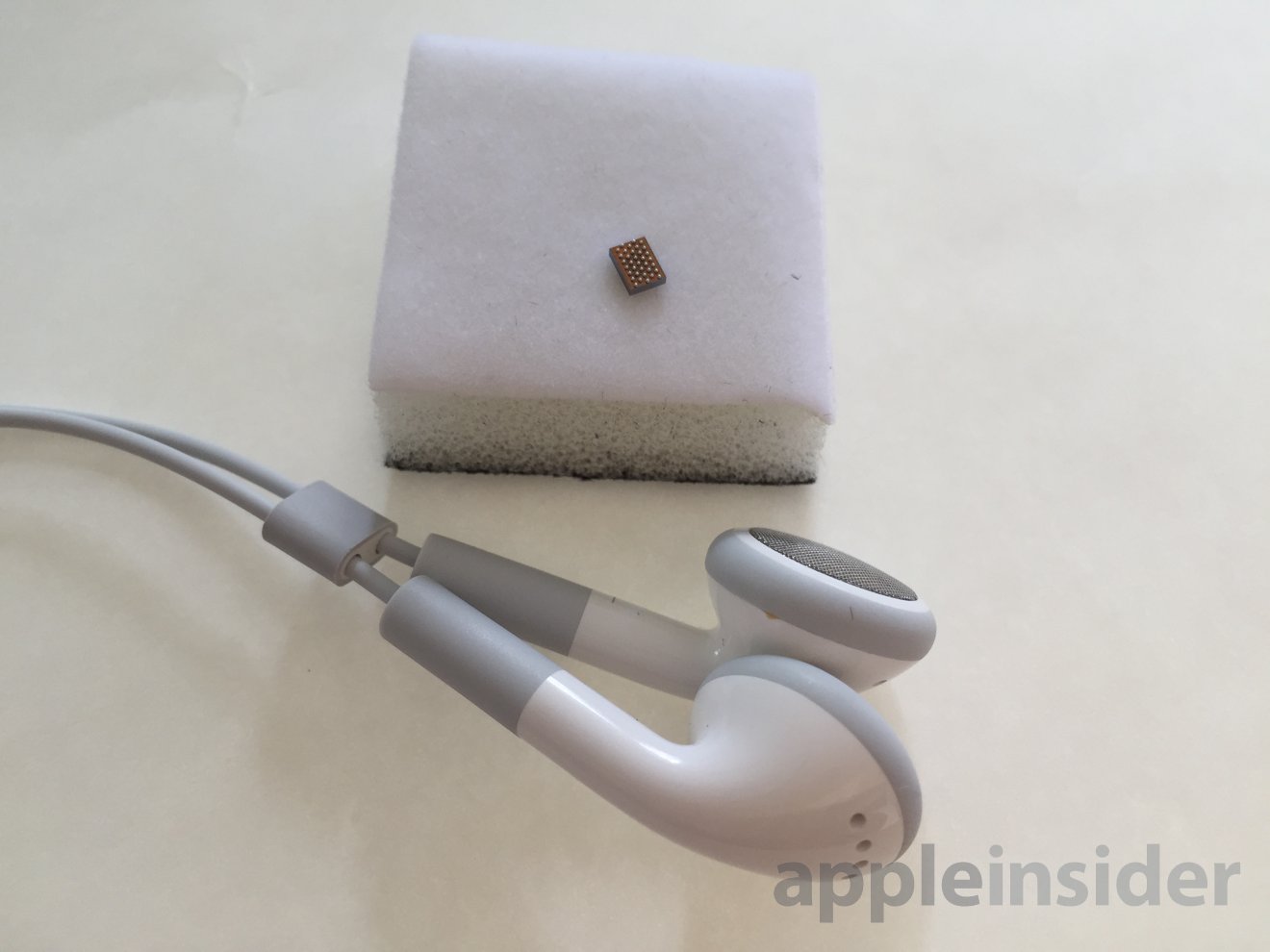
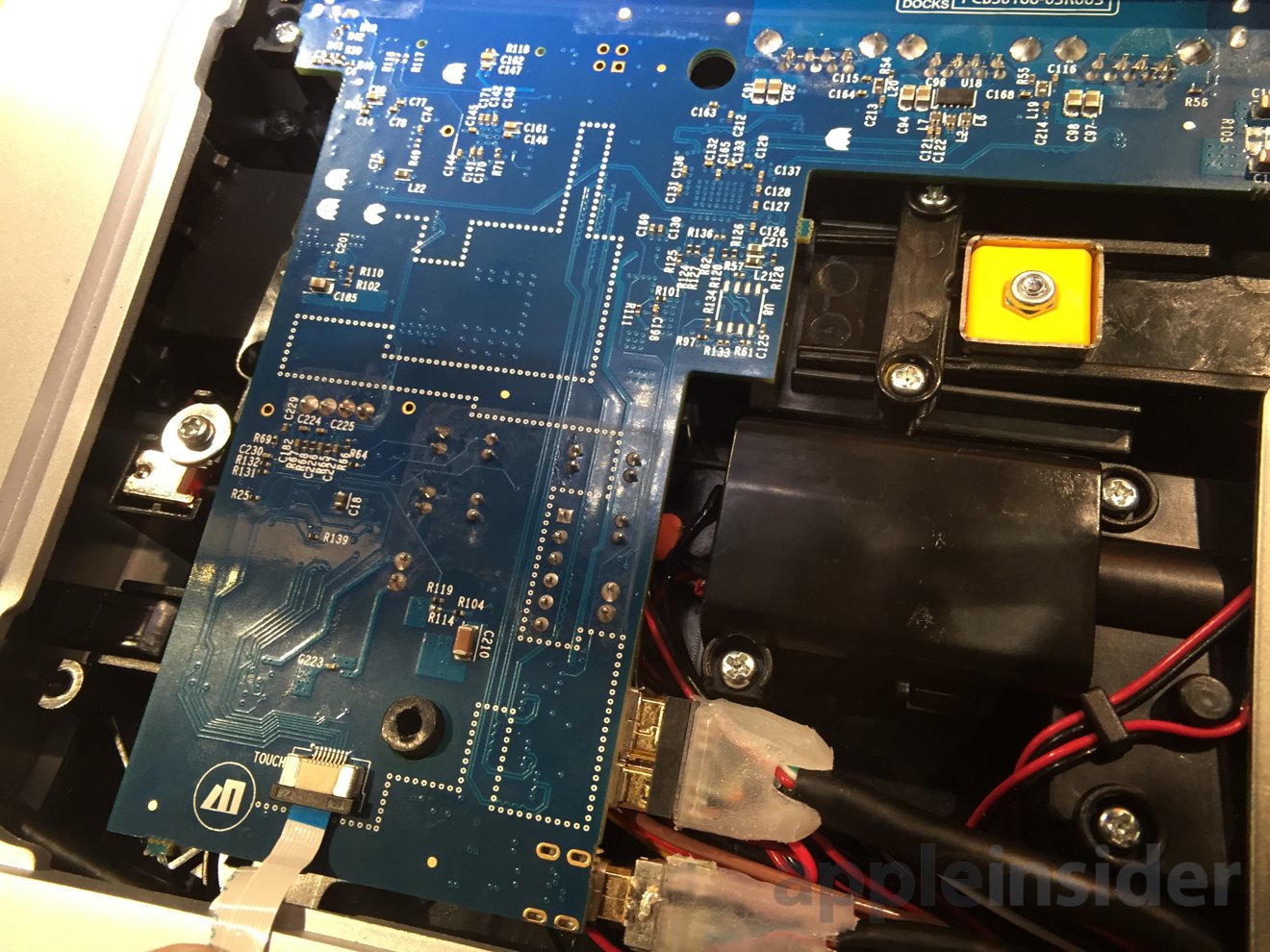
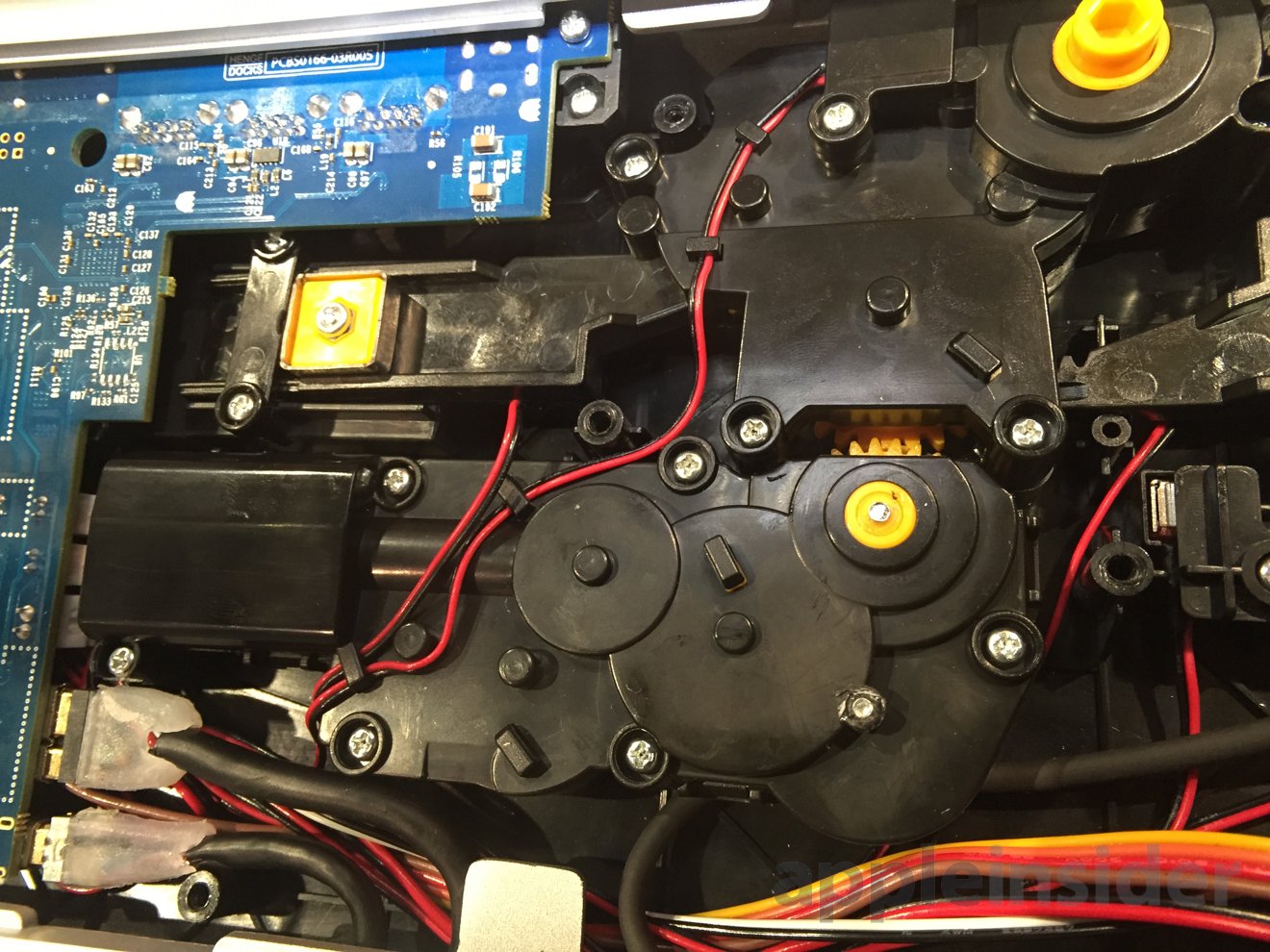

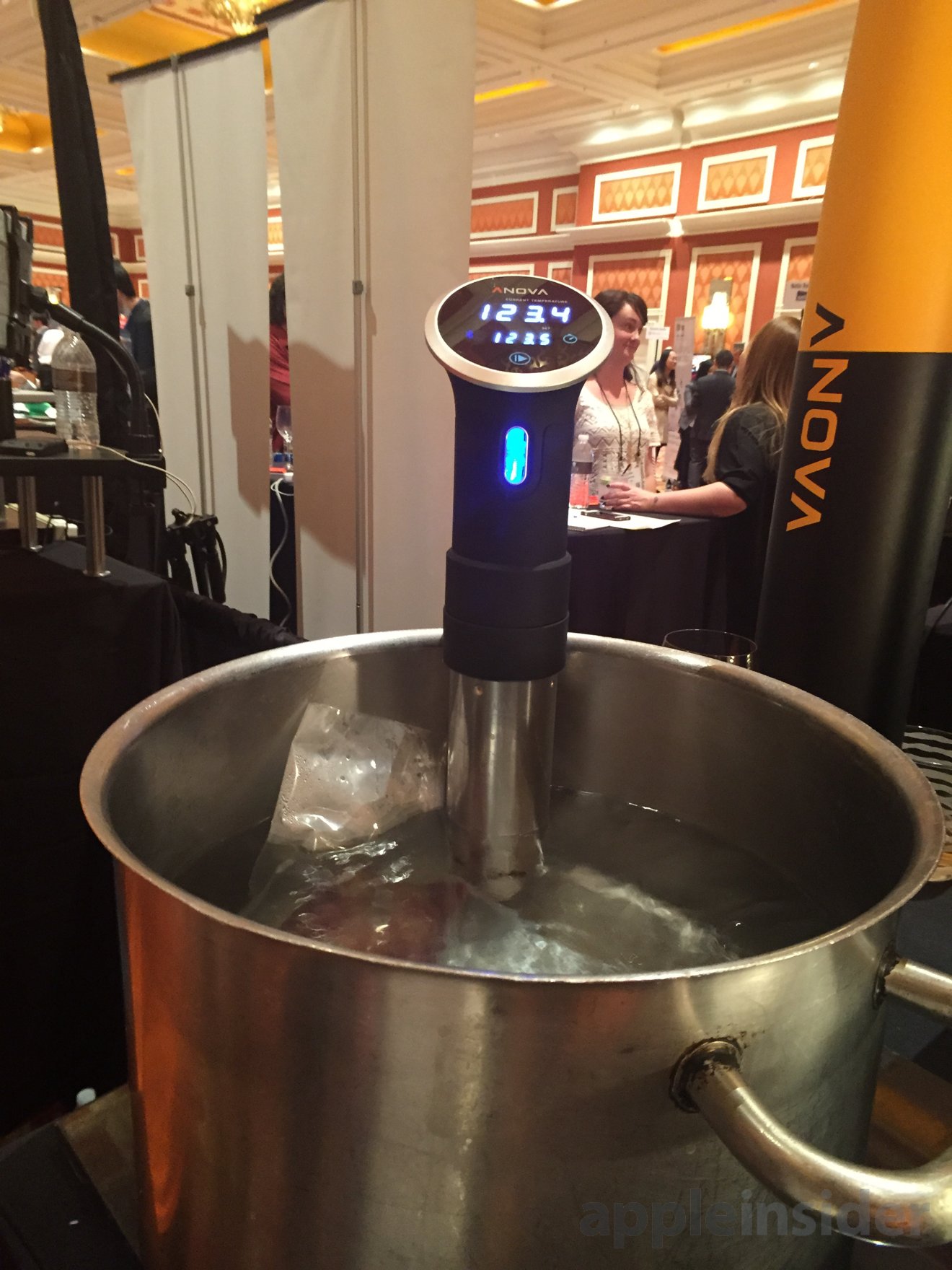
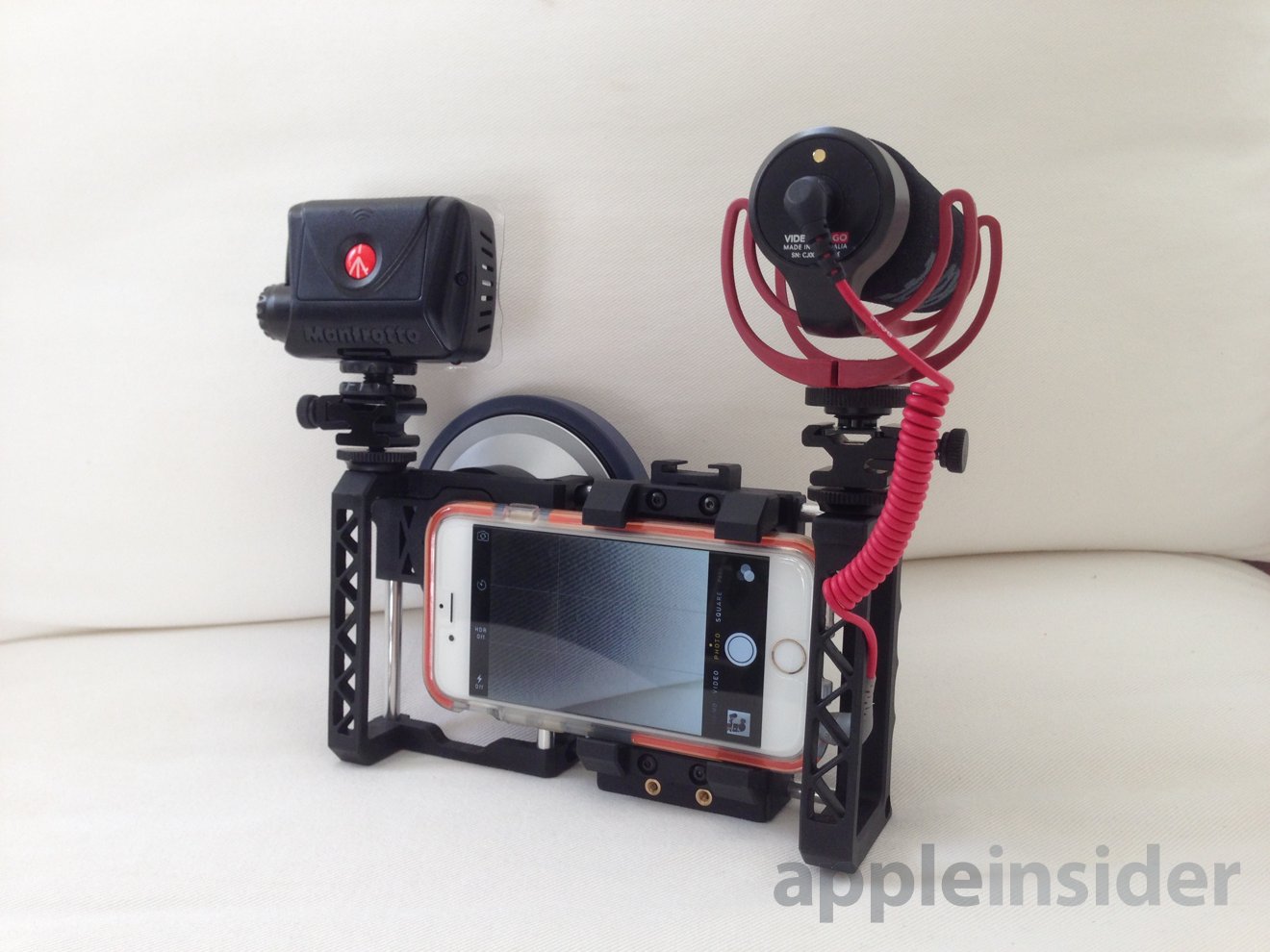







-m.jpg)





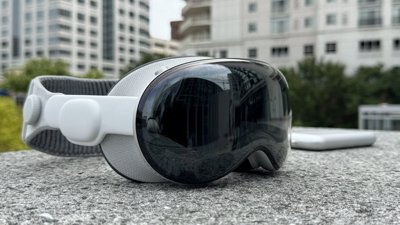
 William Gallagher
William Gallagher
 Malcolm Owen
Malcolm Owen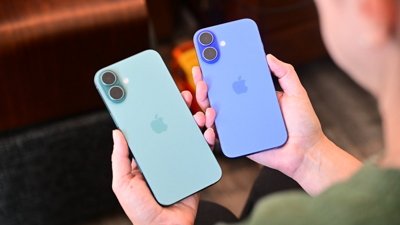


 Chip Loder
Chip Loder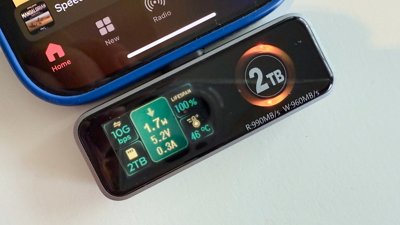
 Mike Wuerthele
Mike Wuerthele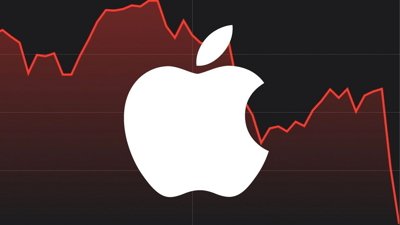



-m.jpg)






19 Comments
Because 3D TVs are so 2011.
Until privacy issues, malware issues, OS interconnectedness, device interconnectedness, Internet/modem reliability, and standards are sorted out -- some of which are still years away -- I think IoT and home automation are DOA.
[quote name="SockRolid" url="/t/184255/wrap-up-ces-2015-shows-off-weird-and-wonderful-variety-of-wearables-but-home-automation-steals-the-show#post_2659828"]Because 3D TVs are so 2011.[/quote] The family and I just watched Guardians of the Galaxy in 3D, on our 65-inch Panasonic Viera that is a couple of years old. Brilliant. (Unless, of course, you dislike 3D altogether, in which case it has nothing to do with TVs per se).
"home automation steals the show"
While it was big, the top awards at the show did not go to home automation products.
I just read upon the Alpine ILX-007 and it sounds like exactly what I want for my next car. I specifically want something that does not support any flavour/variant of android. I don't want android in my house and I don't want it in my car.